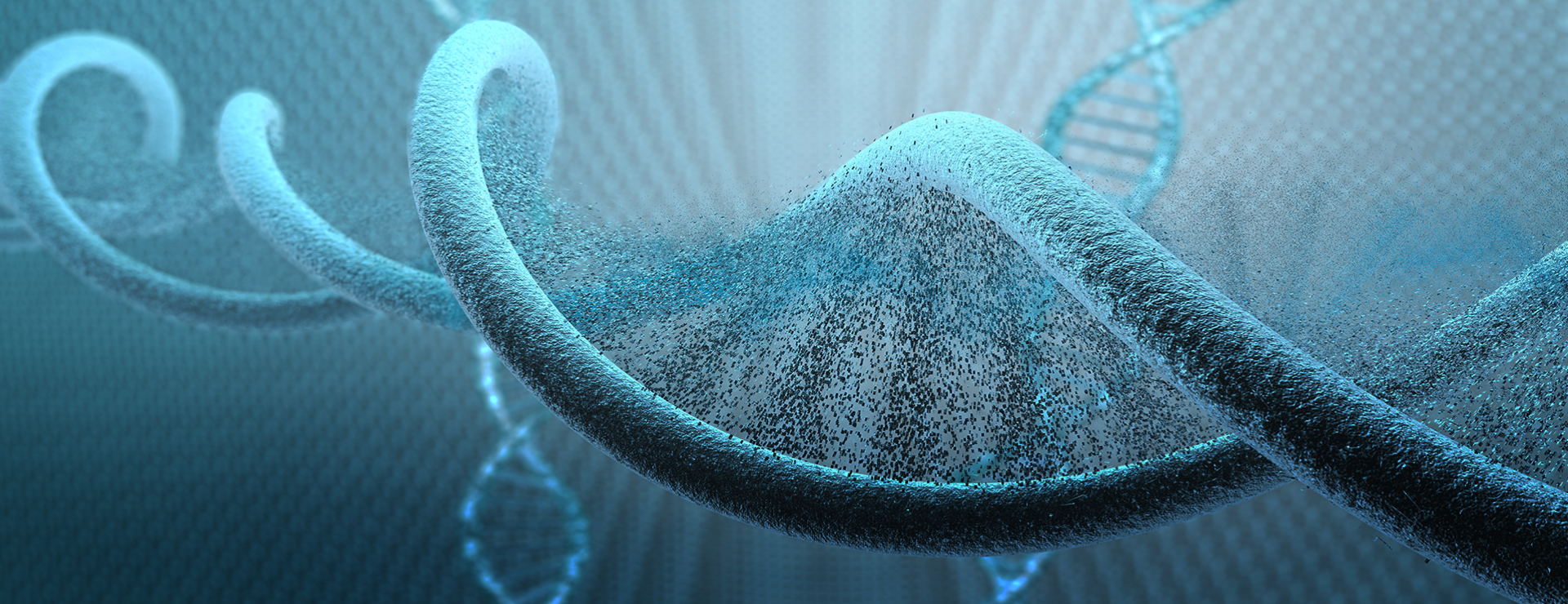
GABRB2
Facebook Support Group
Guide to Pharmacology
Share Your Story
What Is GABRB2?
The GABRB2 gene is responsible for producing a protein called the beta-2 subunit of the GABA-A receptor. The GABA-A receptor is a receptor found in the brain that helps regulate brain activity.
Imagine the GABA-A receptor as a lock on the surface of brain cells, and the neurotransmitter called gamma-aminobutyric acid (GABA) as the key that fits into this lock. When GABA binds to the GABA-A receptor, it has a calming effect on the brain, reducing brain activity and promoting relaxation. Read More
Symptoms of GABRB2?
Mutations or variations in the GABRB1 gene, which encodes a subunit of the GABA A receptor, have been associated with certain neurological conditions. However, specific symptoms can vary widely depending on the specific mutation and its impact on GABA A receptor function.
- Intellectual disability: also known as intellectual developmental disorder, Developmental Disability or cognitive impairment is a condition in which a person has limitations in their ability to learn, think, and reason compared to others of the same age. It is a lifelong condition that typically begins in childhood.
- Epileptic encephalopathy is a severe condition characterized by the combination of epilepsy and cognitive or neurological regression, often leading to developmental delays or intellectual disability.
- Febrile seizures: Febrile seizures, which are seizures triggered by fever, can be associated in individuals with GABRB2 mutations. These seizures typically occur during early childhood.
- Movement disorders refer to a group of neurological conditions that affect the control and coordination of body movements. These disorders can result in abnormal or involuntary movements, excessive or reduced movement, or difficulty with smooth and coordinated movements. Including choreoathetosis, dystonia and ataxia.
- Developmental Delay: Feeding tubes may be recommended for individuals who are unable to obtain adequate nutrition orally due to conditions such as severe dysphagia, neurological disorders affecting swallowing or digestion, or other medical conditions that impact their ability to maintain adequate nutrition and hydration.
- Pharmacoresistant also known as drug-resistant epilepsy or intractable epilepsy, refers to a type of epilepsy in which seizures do not adequately respond to treatment with anti-seizure medications.
- Cerebral visual impairment (CVI). CVI is a type of visual impairment that is caused by damage or dysfunction in the visual processing areas of the brain, rather than a primary problem with the eyes themselves.
- Some studies have suggested a potential association between genetic variations in the GABRB2 gene and an increased risk of ASD, while other studies have not found a significant association.
- Sleep Disorder GABRB2 mutations have been primarily associated with alcohol dependence and related behaviors, rather than specific symptoms
GABRB2 mutations have been primarily associated with alcohol dependence and related behaviors, rather than specific symptoms.
It’s important to note that the effects of variations in the GABRB2 gene are complex, and their relationship to specific symptoms or conditions is not well-established. However, research suggests that certain variations in GABRB2 may contribute to individual differences in response to alcohol and increased susceptibility to alcohol dependence.
The specific symptoms and features of DEE associated with GABRB1 mutations can vary, but commonly reported characteristics may include:
- Cravings and loss of control: An intense desire or craving for alcohol, and difficulty in controlling or stopping alcohol consumption.
- Tolerance: A need for increasing amounts of alcohol to achieve the desired effects.
- Withdrawal symptoms: Unpleasant physical and psychological symptoms that occur when alcohol consumption is reduced or stopped after a period of heavy or prolonged use.
- Impaired control: Difficulty in limiting the amount of alcohol consumed or inability to stop despite negative consequences.
- Social and occupational dysfunction: Interference with social relationships, work or school performance, and engagement in previously enjoyed activities due to alcohol use.
It’s important to note that the symptoms and severity of these conditions can vary widely among individuals, even among those with the same genetic variation. Additionally, further research is needed to fully understand the relationship between GABRB2 gene variations and the associated symptoms and conditions.
If you have specific concerns about GABRB2 gene variations or related conditions, it is recommended to consult with a healthcare professional or a geneticist who can provide you with the most up-to-date and accurate information based on your specific situation. They can conduct a thorough evaluation and provide appropriate guidance and support
Disclaimer: It is important to note that our understanding of GABA A Variants and their associated symptoms is an ongoing area of research. As of now, there may still be limited information available regarding the specific symptoms and implications of these genetic variations. It is recommended to consult with healthcare professionals or genetic specialists, and stay updated with the latest scientific research, as ongoing studies and advancements may provide further insights into GABA A Variants and their related symptoms.
Cure GABA A Variants non-profit and cureGABAa.org does not provide medical advice. It is intended for informational purposes only. It is not a substitute for professional medical advice, diagnosis or treatment. It does not diagnose, it produces a ranked list of suspected genes which provide assistance for rare hereditary disease cases. Patients should discuss their findings with their healthcare provider. Cure GABA A Variants does not intend to diagnose patients. It is providing information in order for patients to find and get better management of expert certified clinical assistance.
Study Results: Disease-associated variants cluster in the extracellular N-terminus and transmembrane domains 1–3, with more severe phenotypes seen in association with variants in transmembrane domains 1 and 2 and the allosteric binding site between transmembrane domains 2 and 3. Functional analysis of 4 variants in transmembrane domains 1 or 2 (p.Ile246Thr, p.Pro252Leu, p.Ile288Ser, p.Val282Ala) revealed strongly reduced amplitudes of GABA-evoked anionic currents.

